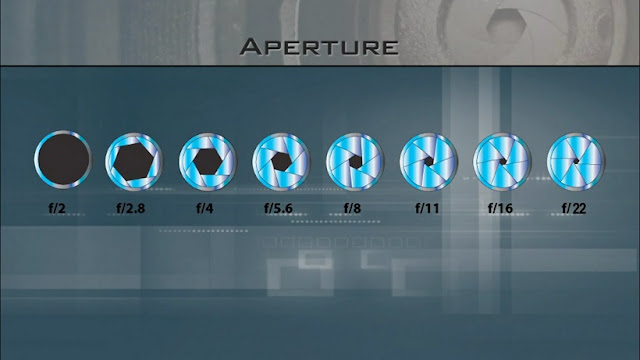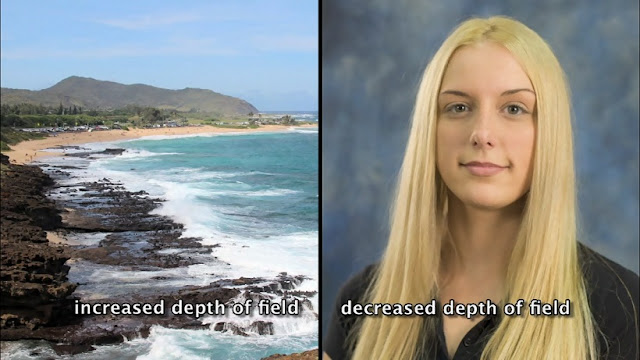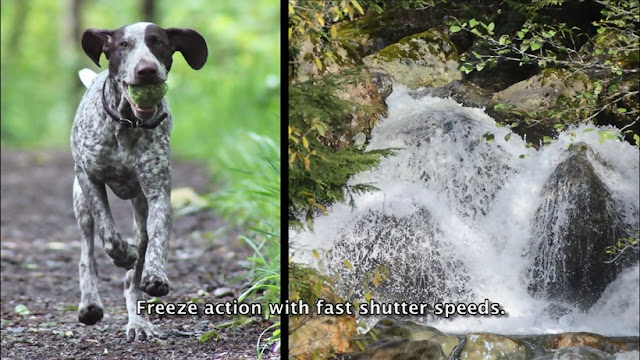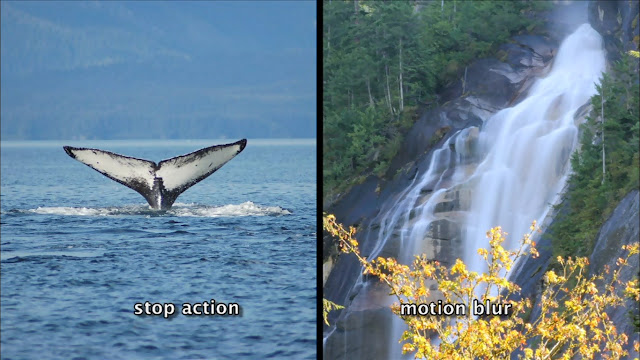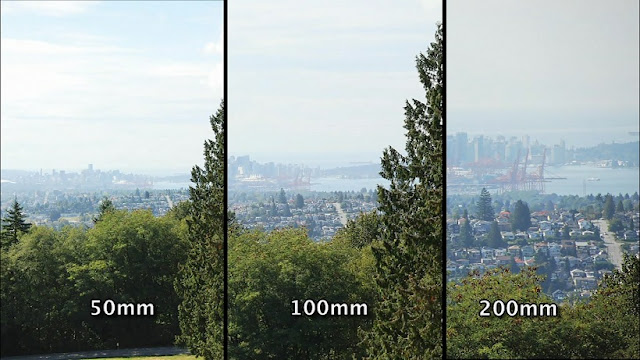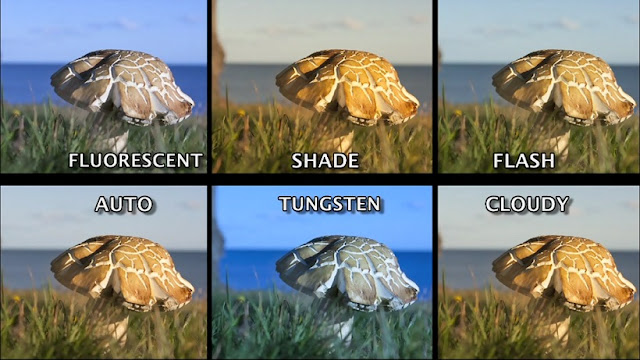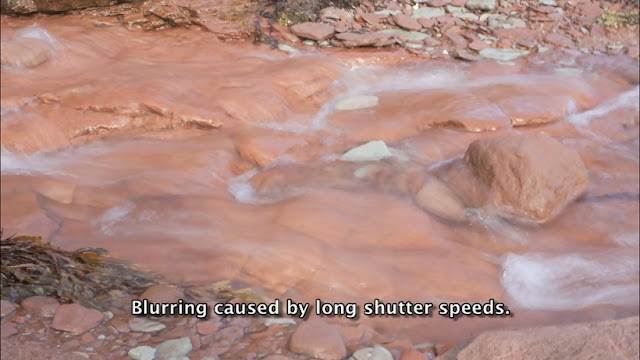Joseph Wilfrid Daleus
I know that I haven't been posting for a while. I'm slacking. However, I haven't been motivated to post and I have things going on in my personal life that have distracted me from my blog. I'm feeling a little bit of motivation and productivity today, therefore I wanted to get some posts done. This one is long overdue.
On March 19, 2015 during a week long trip to Miami, FL a group of friends and I stopped by a community called "Little Haiti." We had great food, we went to a music festival, and we toured the art gallery of
Joseph Wilfrid Daleus. I was very fortunate to have met him and to converse about visual art. The experience was exhilarating, phenomenal, and inspirational. I was so blown away by his craft, artwork, and expertise. Daleus is so multi-dimensional. He is a painter, but he is also a sculptor and photographer! Amazing, right?
A 20" x 24" print on a canvas retouched with paint by him costs $300. I need to step my game up and start charging more for
my work! If you want a painting by hand, he charges $25,000. Yes, you read that correctly.
Twenty five thousand dollars. But here's the thing... he's
THAT GOOD, he deserves to charge that much. I cannot wait until my craft improves to his level and I can charge those prices. Of course, I'll always be in my own lane... he is still something to aspire to. One of his key pieces of advise was to live a substance/toxic free life. He doesn't use oil to paint. It's toxic (and smelly... and messy). Many artists have developed asthma from oil paint use. Also, he doesn't smoke, drink, or use drugs. That kind of purity and his health is very significant to him.

Daleus has been painting for 55 years. He is a second generation Haitian artist. When I asked how many paintings he does in a span of time, he said that he does 3 paintings a year. Three! I couldn't imagine that. I feel so compelled to have at least one painting done a month or else I'm wasting my talent and not sharing with the universe. However, I can somewhat understand only doing that many paintings a year, because again... that man is talented. True creativity and a work of art takes time to create. I did a charcoal drawing of Frida Kahlo... it took days to finish. I worked at least 4 hours each day on it, too.
One of his techniques that I would like to try out one day is his method of printing a photograph on a canvas and then painting over the photograph. That is so clever and unique. I would definitely need the right photo, though, with great resolution. I don't want to try with a crappy contrasted, highly pixelated photo. It will all come with time, though. I need perfect my craft as a painter before attempting that. Another thing I admire is how he is able to create texture in some of his paintings. I regret not asking him about that. It's like one can touch the painting and feel raised edges, bumps, ridges, etc. So cool. Check out
his website to see more of his work.
Picture I took outside the gallery. Daleus is standing at the door.
Jerk chicken, plantains, rice and beans, and fruit champagne from Chef Créole restaurant. So delicious!













